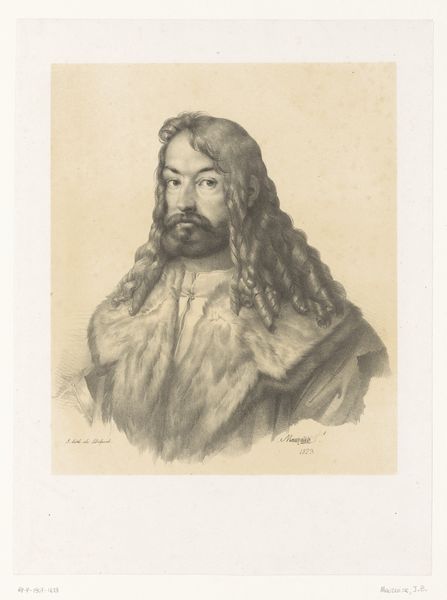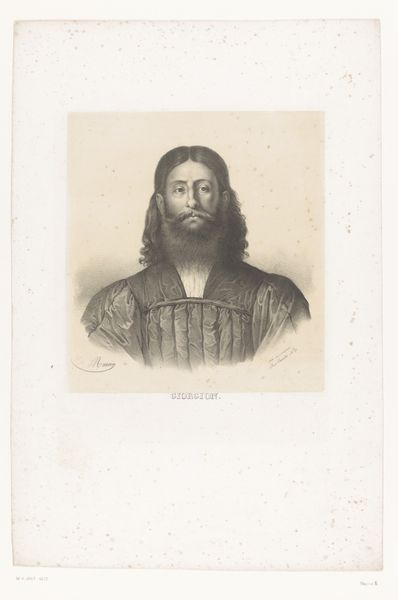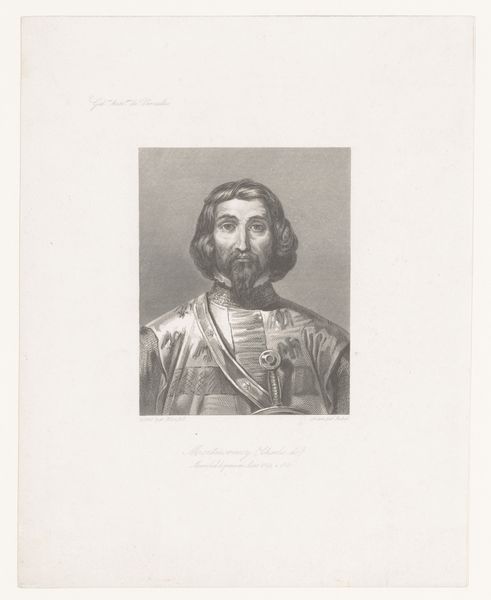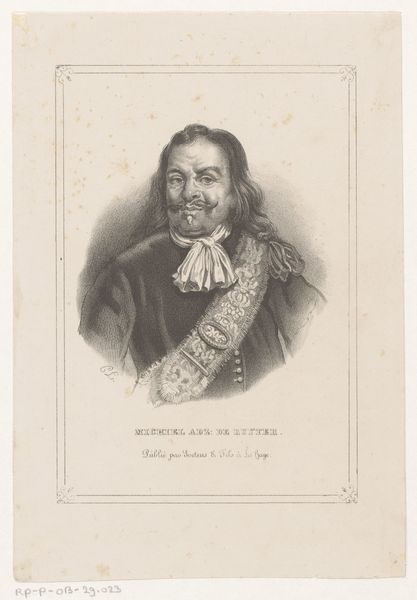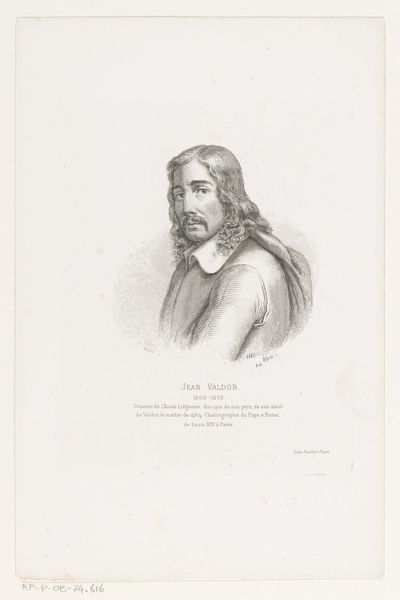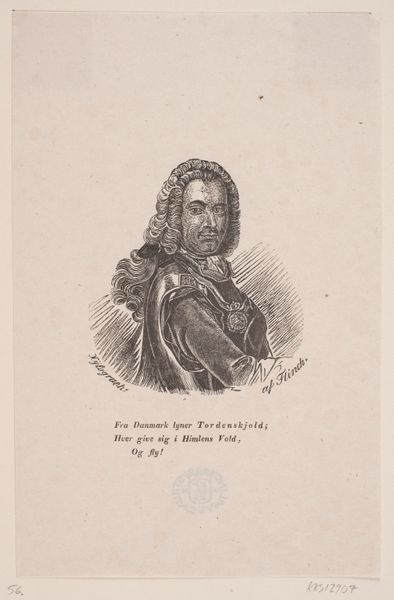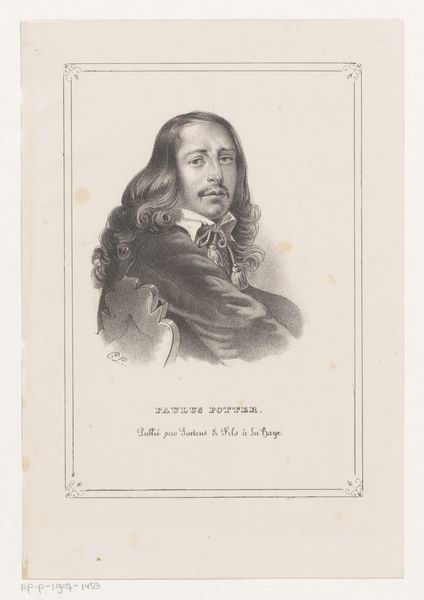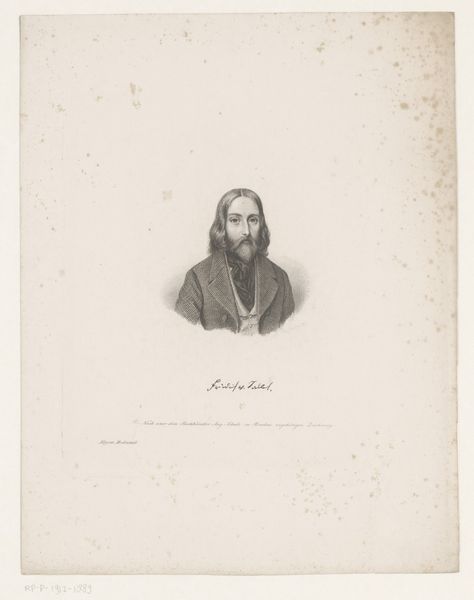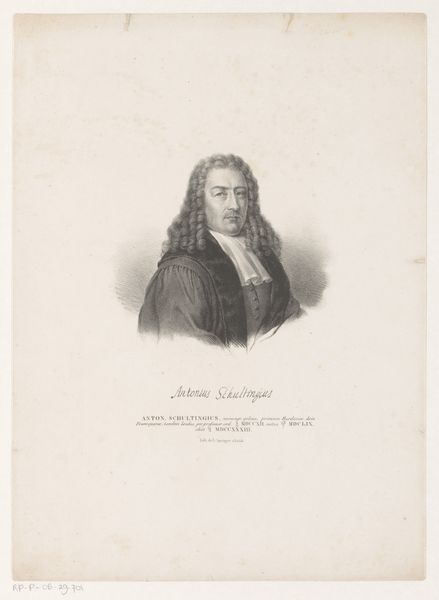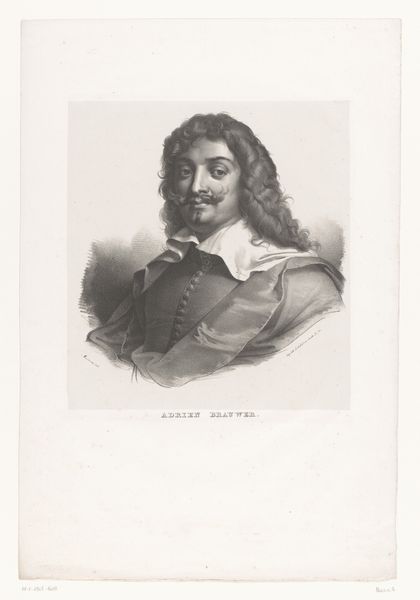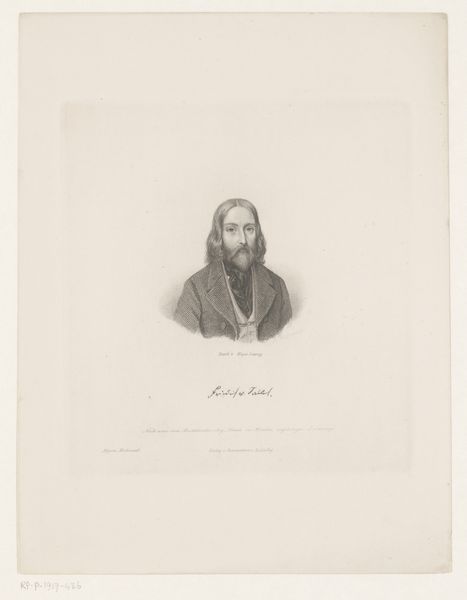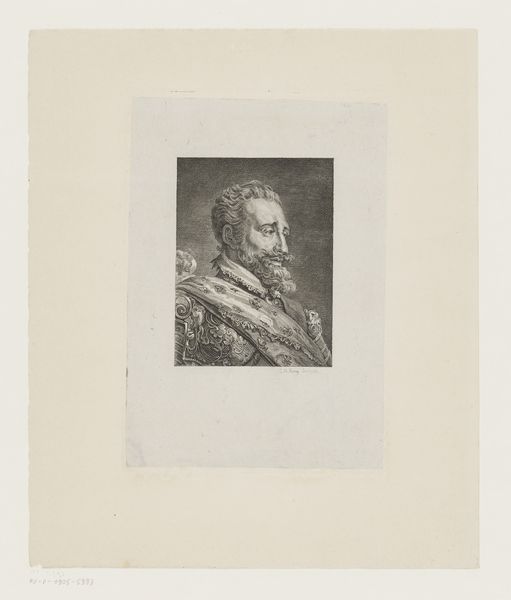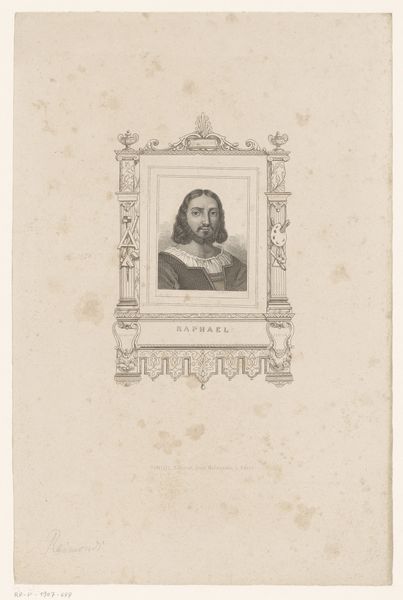
drawing, pencil
#
portrait
#
pencil drawn
#
drawing
#
neoclacissism
#
pencil sketch
#
charcoal drawing
#
pencil drawing
#
pencil
#
realism
Dimensions: height 475 mm, width 323 mm
Copyright: Rijks Museum: Open Domain
Editor: Here we have Auguste Toussaint Lecler's "Portret van Albrecht Dürer," created in 1825, using pencil. I'm struck by how closely Lecler seems to emulate Dürer's own style, even after centuries. What stands out to you in this recreation? Curator: Well, first, it's crucial to remember that this portrait wasn't made in a vacuum. Consider the socio-political context of the 19th century and the rise of Romanticism and Neoclassicism. There was a surge of interest in the Renaissance, viewing Dürer as a symbol of artistic genius and German national pride. Don't you think this reinterpretation, disseminated widely as prints, helps cement Dürer's place in the art historical canon? Editor: That makes sense. So, the act of recreating Dürer's likeness, itself, served a purpose beyond mere artistic exercise. Curator: Exactly. It becomes a powerful statement about artistic lineage and the importance of preserving cultural heritage. But think about the institutions involved. Who commissioned this? Where was it displayed? Was it a private commission intended for an aristocratic family, or meant for a broader public via an exhibition? Such factors greatly affect how the artwork should be viewed. Editor: It's interesting how it takes Dürer, removes him from his context, and turns him into an idol within a later artistic and cultural movement. Curator: Precisely. How might Lecler’s own socio-economic background shape how they understood the figure of Durer? Were they intentionally engaging with his history as well, or approaching him from more traditional artistic or historic perspective? Editor: This really gives me a new way to think about art as more than just aesthetics, but also as part of a larger cultural conversation. Curator: Indeed. And by looking at these layers, we get a fuller picture of the artwork and its continuing relevance.
Comments
No comments
Be the first to comment and join the conversation on the ultimate creative platform.
